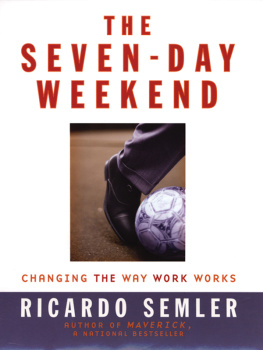Contents
Foreword, Beatriz Manz
PART ONE: Selective Repression
1 The First Abductions (10 June to 7 July 1975)
The First Roundup (10 June)
The Second Roundup (6 July)
National and International Condemnation
The Political and Military Context
The Social Context of Ixcn
Commentaries on the Events
Notes
2 Persecution of the Church
The Army Brings Down Father Woods (20 November 1976)
Father Karl Is Deported (19 December 1978)
Father Jos Mara and His Sexton Are Ambushed (4 June 1980)
The Word of God Comes to an End
Notes
4 Selective Massacres and Terror (1981)
The Massacre of Leaders in Cuarto Pueblo (30 April)
Combat and Massacre
Attack on Civil Action (12 June)
Tensions Between the Civic and Military Wings of the Army
Reprisals Against Four Qanjobales (16 May)
Abductions Carried Out to Spread Terror
The Context in Which Repression Took Place
Notes
5 Massacres to the East of Ixcn (13 to 28 February 1982)
Overall Panorama
The Santa Mara Tzej Massacre (15 February)
The Santo Toms Massacre (apparently on 14 February)
The Massacre of Cardamom Sellers (apparently on 13 February)
The San Lucas Massacre (apparently on 15 February)
The Massacre of Charismatic Catholics in Pueblo Nuevo (18 February)
El Polgono 14 Massacre (20 and 21 February)
Kaibil Balam Massacre (27 February)
The Way the Scorched-Earth Offensive Began
Notes
6 The First Part of the Massacre of Cuarto Pueblo: Nueva Concepcin Center (14 March 1982)
Preparations Days Before
Warning to Escape to the Jungle
They Didnt Want to Leave
The Massacre
Convergence at the Scene of the Disaster
Lists of Those Killed
Notes
7 The Second Part of the Massacre of Cuarto Pueblo: Cuarto Pueblo (1416 March 1982)
The Various Witnesses
The Layout of the Town
Unexpected and Violent Encirclement
Commentary on the Military Encirclement
Sunday: The First Dead and Burning the Marketplace
Monday: The Lieutenant Justifies the Massacre
Monday: The Children and Women Die
Tuesday: Only a Few Remain
Wednesday: Everyone Has Been Exterminated
Horror: Reconnoitering the Deserted Town
Notes
8 The Living and the Dead: Cuarto Pueblo
Orphans and the First Groups to Flee to the Jungle
Threshold to a New Life
The First Refugees
The Dead
General Note About the Sources
Notes
9 Respite in the Spate of Massacres: Los Angeles and Pueblo Nuevo (23 to 30 March 1982)
We Are a Different Army: We Dont Kill
An Attempt to Organize a Strategic Hamlet
Pueblo Nuevo Is Empty: The Army Does Not Massacre
Attacks on the Camps
The Countrys Political Context
Notes
10 Massacre in Succession: Xalbal (31 March to 2 April 1982)
Misleading Meeting (13 and 14 March)
And What Were the Rebels Up To?
A Birds-Eye View
Captures and the First Families to Be Burned (31 March)
More People Are Burned (1 April)
Captures and Chain Killings (2 April)
Massacre in Kaibil (2 April)
Last Event: A Grenade Explodes (5 April)
Beginning Collective Agricultural Production
Notes
11 Circular Offensives: Piedras Blancas (18 to 30 May 1982)
Lands and Villages to the South
Army Summons
Genocide Massacre (18 May)
List of Those Massacred
Pursuit and Massacre (27 May)
Civil Patrol Captures (30 May to 1 June)
Death Through Illness
A Final Word
Notes
12 Place of Torment (1982)
Torture by Fire
El Quich Barracks, a Slaughterhouse
Playa Grande Crematorium
Underground for Five Months
The Great Liberation
A Religious Experience
Notes
13 Paths Toward Dawn: Population in Resistance and Refugees (June to October 1982)
The Burning of Mayaln (7 and 8 June)
New Military Outpost: Ixtahuacn Chiquito (13 July)
Samaritano, a Strategic Hamlet (end of October)
The Experience of the Communities of Population in Resistance
The Experience of the Refugees
Notes
Conclusions
The Victims
The Stages of Counterinsurgency
Increasing Violence
Racism
Religious Persecution
Hope for the Future
Notes
Epilogue: Exodus, Resistance, and Readjustments in the Aftermath of Massacres, Beatriz Manz
Bibliography
About the Book and Author













